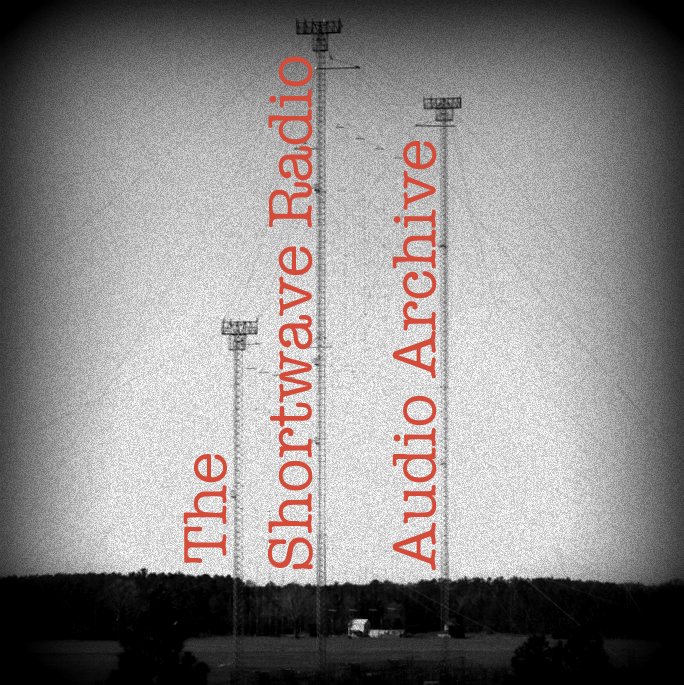Voice of Turkey, English: June 7, 2015
/For your listening pleasure: the Voice of Turkey English language service.
This program was recorded on June 7, 2015, starting around 2205 UTC on 9830 kHz. I started recording the program a few minutes after the top of the hour when a digital broadcast on the same frequency finally went off the air. You will actually hear a few seconds of the digital broadcast in the recording below:























